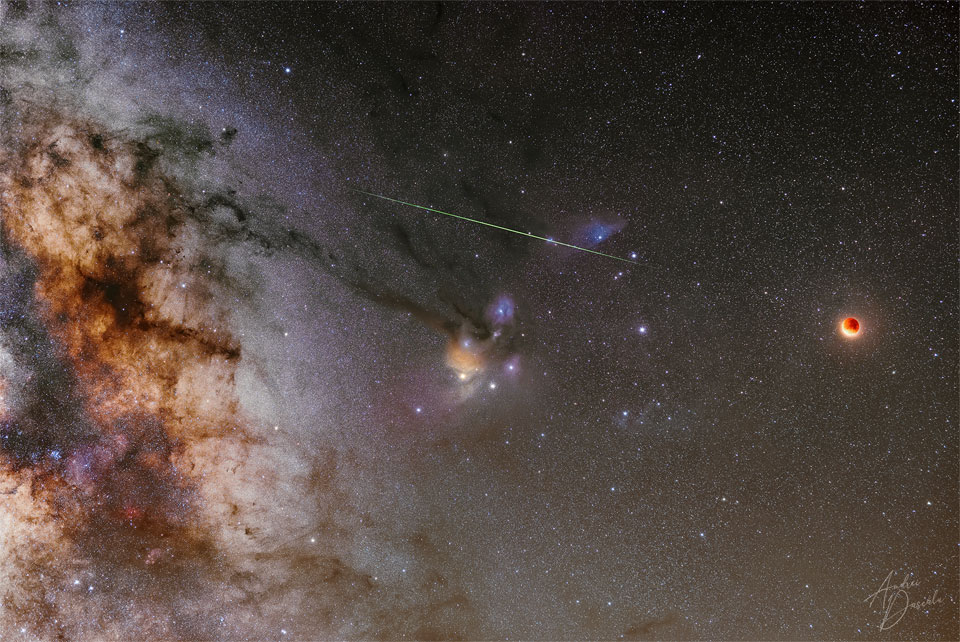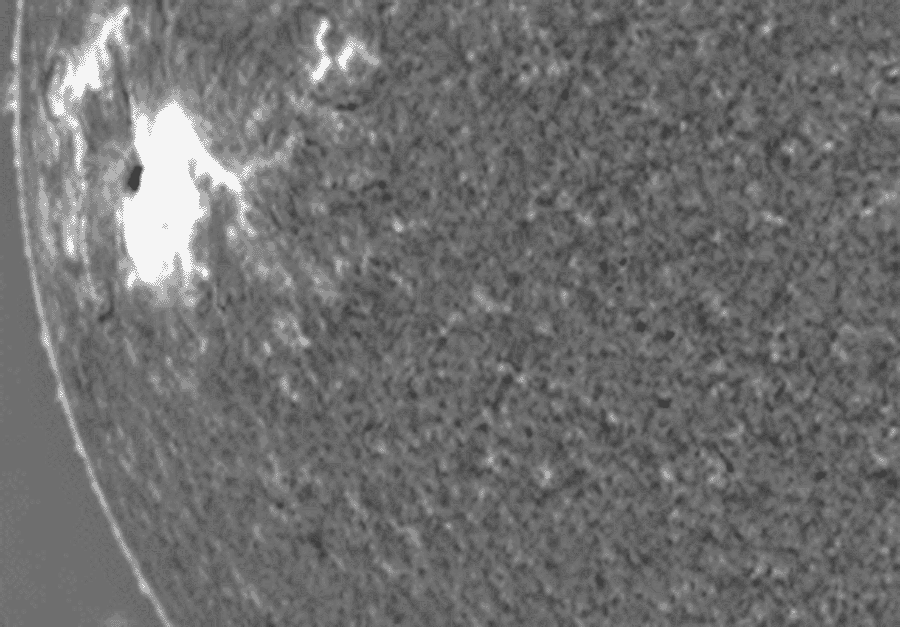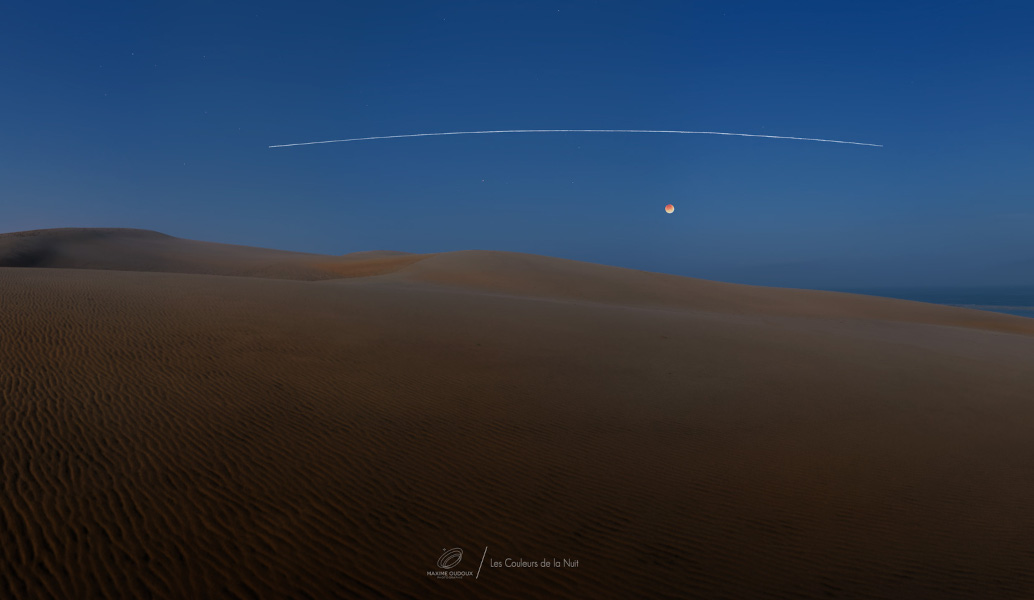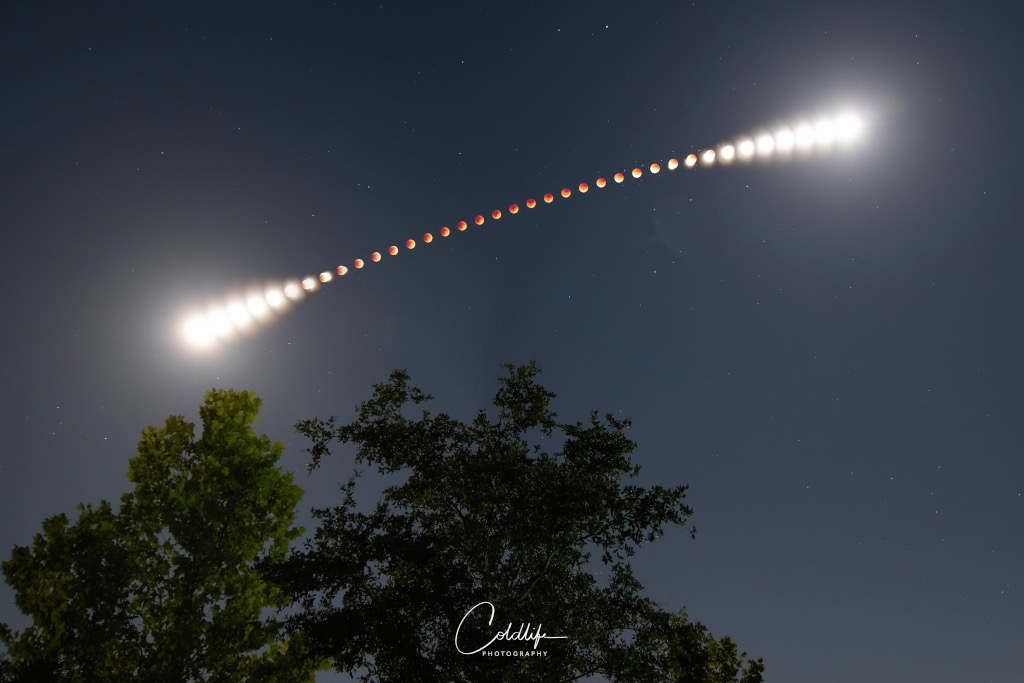Nombre total de pages vues
28/05/2022
26/05/2022
ASTRONOMY - NGC 4565: Galaxy on Edge
2022 May 26
Image Credit & Copyright: Michael Sherick
Explanation: Magnificent spiral galaxy NGC 4565 is viewed edge-on from planet Earth. Also known as the Needle Galaxy for its narrow profile, bright NGC 4565 is a stop on many telescopic tours of the northern sky, in the faint but well-groomed constellation Coma Berenices. This sharp, colorful image reveals the galaxy's boxy, bulging central core cut by obscuring dust lanes that lace NGC 4565's thin galactic plane. NGC 4565 itself lies about 40 million light-years distant and spans some 100,000 light-years. Easily spotted with small telescopes, sky enthusiasts consider NGC 4565 to be a prominent celestial masterpiece Messier missed.
25/05/2022
ASTROPHOTOGRAPHIE - Sublimes aurores en Norvège
ASTRONOMY - The Lively Center of the Lagoon Nebula
2022 May 25
Image Credit: NASA, ESA, Hubble; Processing & Copyright: Mehmet Hakan Özsaraç
Explanation: The center of the Lagoon Nebula is a whirlwind of spectacular star formation. Visible near the image center, at least two long funnel-shaped clouds, each roughly half a light-year long, have been formed by extreme stellar winds and intense energetic starlight. A tremendously bright nearby star, Herschel 36, lights the area. Vast walls of dust hide and redden other hot young stars. As energy from these stars pours into the cool dust and gas, large temperature differences in adjoining regions can be created generating shearing winds which may cause the funnels. This picture, spanning about 10 light years, combines images taken in six colors by the orbiting Hubble Space Telescope. The Lagoon Nebula, also known as M8, lies about 5000 light years distant toward the constellation of the Archer (Sagittarius).
24/05/2022
ASTRONOMY - A Deep Sky Behind an Eclipsed Moon
2022 May 24
Image Credit & Copyright: Andrei Ionut Dascalu
Explanation: The plan was to capture a picturesque part of the sky that was hosting an unusual guest. The result included a bonus — an additional and unexpected guest. The beautiful background features part of the central band of our Milky Way galaxy on the far left, and the colorful clouds of Rho Ophiuchi in the image center. The unusual guest, a dimmed and reddened Moon on the right, was expected because the image was taken during last week’s total lunar eclipse. The timing had to be right because the Moon — both before and after eclipse — would be so bright it would overwhelm the background. The unexpected guest was the bright meteor across the image center. The fleeting meteor streak was captured on only one of the 10 consecutively-captured deep-field images from La Palma in the Spanish Canary Islands, while the eclipsed Moon image was taken immediately afterwards with the same camera and from the same location. The next total lunar eclipse — also quite expected — will occur in early November.
22/05/2022
ASTRONOMY - A Large Tsunami Shock Wave on the Sun
2022 May 22
Image Credit: NSO/AURA/NSF and USAF Research Laboratory
Explanation: Tsunamis this large don't happen on Earth. During 2006, a large solar flare from an Earth-sized sunspot produced a tsunami-type shock wave that was spectacular even for the Sun. Pictured here, the tsunami wave was captured moving out from active region AR 10930 by the Optical Solar Patrol Network (OSPAN) telescope in New Mexico, USA. The resulting shock wave, known technically as a Moreton wave, compressed and heated up gasses including hydrogen in the photosphere of the Sun, causing a momentarily brighter glow. The featured image was taken in a very specific red color emitted exclusively by hydrogen gas. The rampaging tsunami took out some active filaments on the Sun, although many re-established themselves later. The solar tsunami spread at nearly one million kilometers per hour, and circled the entire Sun in a matter of minutes.
21/05/2022
20/05/2022
ASTRONOMY - A View from Earth's Shadow
2022 May 20
Image Credit & Copyright: Maxime Oudoux
Explanation: This serene sand and skyscape finds the Dune of Pilat on the coast of France still in Earth's shadow during the early morning hours of May 16. Extending into space, the planet's dark umbral shadow covered the Moon on that date. From that location the total phase of a lunar eclipse had begun before moonset. Still in sunlight though, the International Space Station crossed from the western horizon and Earth's largest artificial moon traced the bright flat arc through the sky over 400 km above. Simply constructed, the well-planned panoramic scene was captured over a 5 minutes in a series of consecutive images.
19/05/2022
ASTRONOMY - A Digital Lunar Eclipse
2022 May 19
Image Credit & Copyright: Michael Cain
Explanation: Recorded on May 15/16 this sequence of exposures follows the Full Moon during a total lunar eclipse as it arcs above treetops in the clearing skies of central Florida. A frame taken every 5 minutes by a digital camera shows the progression of the eclipse over three hours. The bright lunar disk grows dark and red as it glides through planet Earth's shadow. In fact, counting the central frames in the sequence measures the roughly 90 minute duration of the total phase of this eclipse. Around 270 BC, the Greek astronomer Aristarchus also measured the duration of total lunar eclipses, but probably without the benefit of digital watches and cameras. Still, using geometry he devised a simple and impressively accurate way to calculate the Moon's distance in terms of the radius of planet Earth, from the eclipse duration.
LES BELLES INVENTIONS DE LEONARD DE VINCI - La grue à plateforme annulaire
Voici un exemple d'une des machines de levage conçues par l'ingénieur Léonard de Vinci . Il s'agit d'une grue à plateforme a...

-
2022 September 26 All the Water on Planet Earth Illustration Credit: Jack Cook, Adam Nieman, Woods Hole Oceanographic Institution ; Data ...
-
2025 May 11 The Surface of Venus from Venera 14 Image Credit: Soviet Planetary Exploration Program , Venera 14 ; Processing & Copyri...







